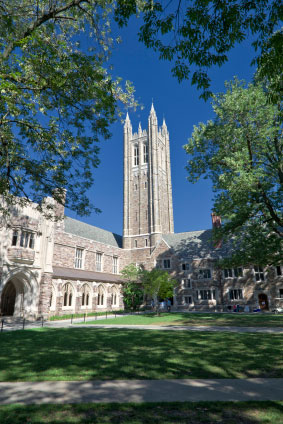Student Loans
Student Loans
College Loan Benefits
Applying for Loans
Choosing a Lender
Compare Loans
Borrowing Amount
Government Loans
Federal Loans
Government Loans
Stafford Loans
Perkins Loans
Federal Direct Loans
Low Interest Loans
Fed Loan Distribution
State Student Loans
Alternative
Alternative
Parent PLUS Loans
Graduate PLUS Loans
Home Equity
Major Lenders
Loan Organizations
Private Student Loans
ACS Student Loans
NelNet
Sallie Mae
Signature Loans
Loan Consolidation
Loan Consolidation
Consolidation Benefits
Consolidation for Graduate Students
Loan Repayment
Repayment Options
Loan Grace Period
Student Loan Discounts
Loan Cancellation
Student Loan Precautions
Loan Forgiveness
Defaulted Loans
Getting Out of Default
Loan Deferment
Loan Forbearance
In addition to researching state and federal loan programs, such as the Stafford and PLUS loans, it’s also wise to check with your college or university, to see if they offer institutional loans.
Institutional loans are provided by educational institutions as a way to help bridge the gap left by state and federal funds, as these funds are sometimes short of covering the entire cost of a college education.
Each college, or institution, will have different types of loan programs. Below are some general guidelines that most colleges and universities will use for their long-term institutional loans (check with your institutions for more details):
Check with your financial aid office to learn which long-term institutional loans are available to you.
 Again, each college will have different short-term institutional loans. Here are some general guidelines that most colleges and universities follow with regard to their short-term institutional loans:
Again, each college will have different short-term institutional loans. Here are some general guidelines that most colleges and universities follow with regard to their short-term institutional loans:
Check with your financial aid office to learn which short-term institutional loans are available to you.
Your college’s financial aid office is the best place to start learning more about institutional loans. They will provide you with a list of the institution’s loan programs, as well as exact details on the process to obtain these loans.
It’s generally thought to be best to exhaust federal and state student assistance before pursuing institutional loans. However, when primary funds will not cover all of your expenses, institutional options can be a great alternative.
As with all loans, be very familiar with the terms of the agreement before signing any contracts or accepting a loan. You’ll want to know exactly what’s expected of you as far as the repayment period is concerned.